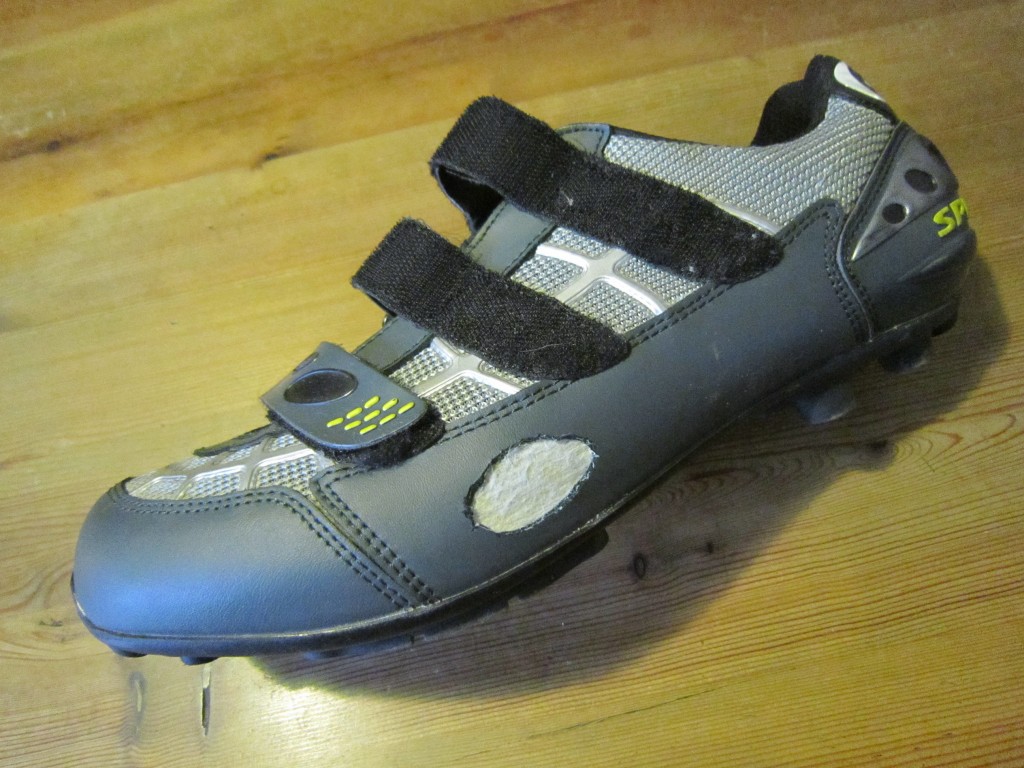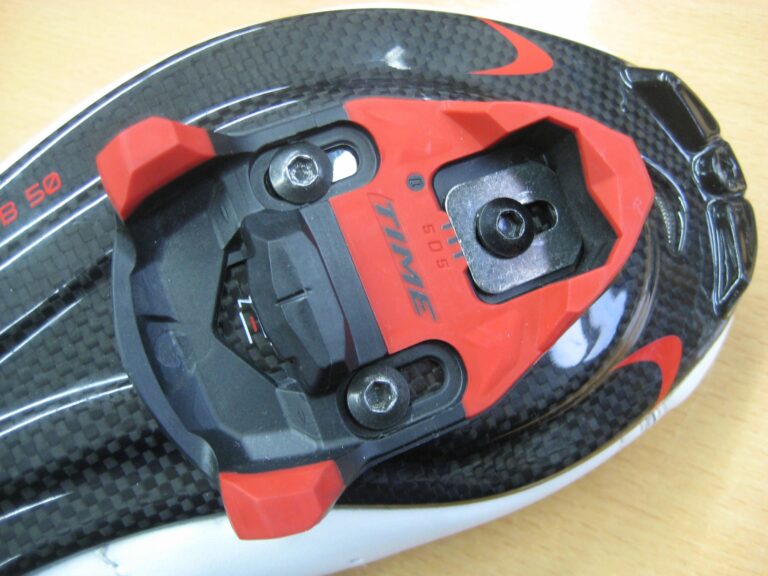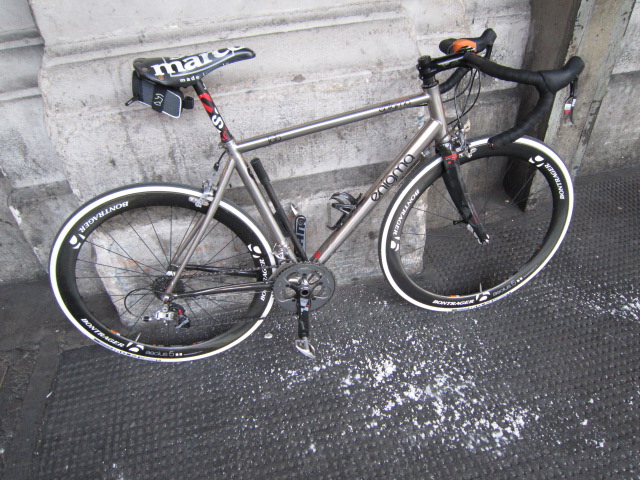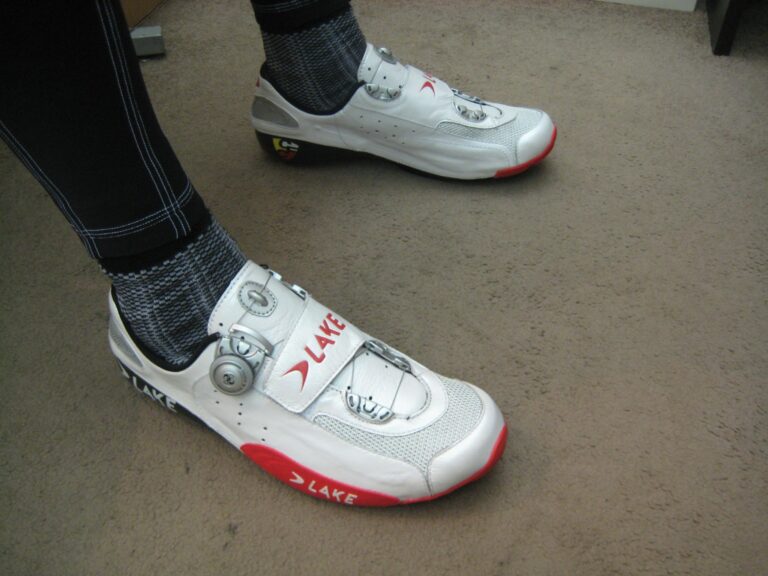
The recent discovery that Lake’s CX401 shoe locates the cleat mounting bolts further back than is the industry norm (for road shoes, not mtb footwear) prompted me to get fitted for a pair. They employ the now-familiar principle of thermoplastic mouldability to provide a near-custom fit. The result of the fitting process, carried out on a standard pair of the shoes, felt so comfortable that on easing my feet back in to my current favourite pair of Shimano SH-M152 shoes, I found them oddly constricting.
More specifically, they lacked width across the widest part of the foot and, in particular, compressed the outside of the little toe’s joint with the foot – the metatarsophalangeal articulation. Not by much; the shoes are better than bearable and even after five of six hours in the saddle present no problems. But there is definitely some degree of constriction that narrows the foot, perhaps inhibiting the application of pedalling force.
Anyway, years ago I interviewed Magnus Backstedt during the Tour de France, the discussion turning on his experiments with shoes in the search for comfort when climbing. A factor often overlooked in this respect is rider weight; the substantial Backstedt, weighing some 90kg, put a lot of pressure on the soles of his feet on long climbs and naturally suffered in a way that much lighter riders would not.
His efforts involved cutting at his shoes to remove unwanted material. Three-times Tour de France winner Greg LeMond did the same. So, why not give it a go? It is worth bearing in mind that cutting into a mesh fabric will probably prompt it to unravel and, in any case, the mesh is flexible by design and should stretch a bit to accommodate bulges. Not so the leather (synthetic or, in this case, real) used for the panels that give the shoe its shape.
Those of the SH-M152s are particularly stiff and unyielding and so offer considerable potential for favourable modification. Having located and marked the exact point of compression, I simply cut away the leather of the panel on each shoe, first with a craft knife and then, to create an oval, using a pair of side snippers.
The result is a real improvement, the toe joints now finding themselves free to bulge outwards (by about 1mm…) without pressing against sturdy leather. Sure, the cuts could be neater, but a) I wanted to get out for a ride as I was maknig them and b) I cover my shoes with oversocks so no one will notice.
Of course, these shoes don’t come in a custom fit option and don’t sell for over £300. In the latter case the potential modifier might hesitate and in the former the problem solved by carving up the shoes should not arise. But if it does, the precedent set by Backstedt and LeMond ( and others) is sound.





